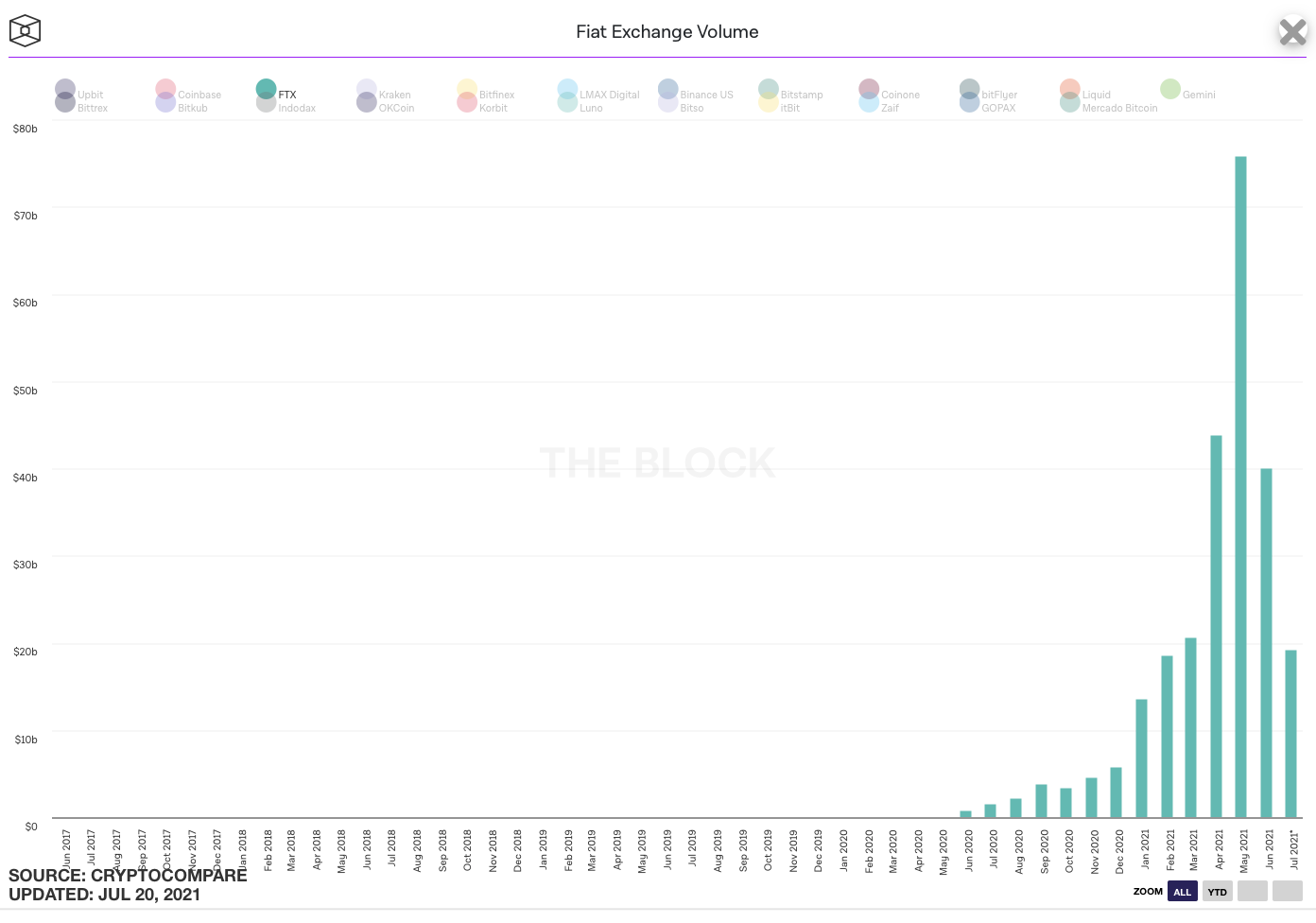PayU, the payments business of the investment group Prosus, has formed a partnership with decentralized payments protocol Celo.
The pair plan to launch new stablecoin payment options for PayU’s 450,000 merchant customers using cUSD, Celo’s dollar-pegged stablecoin. Together, PayU’s clients serve millions of people across Latin America, Africa, and Southeast Asia.
To kickstart the deal, PayU has announced a “significant purchase” of CELO, the utility and governance token native to the Celo blockchain. PayU has also partnered with infrastructure firm First DAG, which operates a platform that connects merchants with their bank of choice to ease the technical burden of accepting stablecoin payments.
Mario Shiliashki, CEO of Global Payments Organisation at PayU, said the move aligns with the company’s vision for “a world without financial borders.”
“As digital transactions become the norm, it is important that we equip merchants and customers with the latest payments solutions. Working with First DAG and Celo to offer a new payment option creates new opportunities for e-commerce merchants and creators, and will open new doors for users to transact freely,” he added.
Joining the Celo Alliance
Celo operates a decentralized, proof-of-stake blockchain which serves as the underpinning for mobile-first payment applications.
Over 150 organizations — including the likes of Andreesen Horowitz, Coinbase and Deutsche Telekom — are members of the Celo Alliance For Prosperity, which helps facilitate collaboration on the Celo platform. Both PayU and First DAG are joining the group as part of today’s deal.
“This ecosystem built between First DAG, PayU, and Celo is the perfect example of how digital assets can deliver in practice on its promise to democratize access to money anywhere in the world,” said Chuck Kimble, head of the Celo Alliance for Prosperity.
CELO has a market capitalization of roughly $609 million, according to CoinMarketCap.
The organization secured the services of Morgan Beller — a former co-creator of the stablecoin project Diem — as an advisor in February this year.
© 2021 The Block Crypto, Inc. All Rights Reserved. This article is provided for informational purposes only. It is not offered or intended to be used as legal, tax, investment, financial, or other advice.
Go to Source
Author: Ryan Weeks


